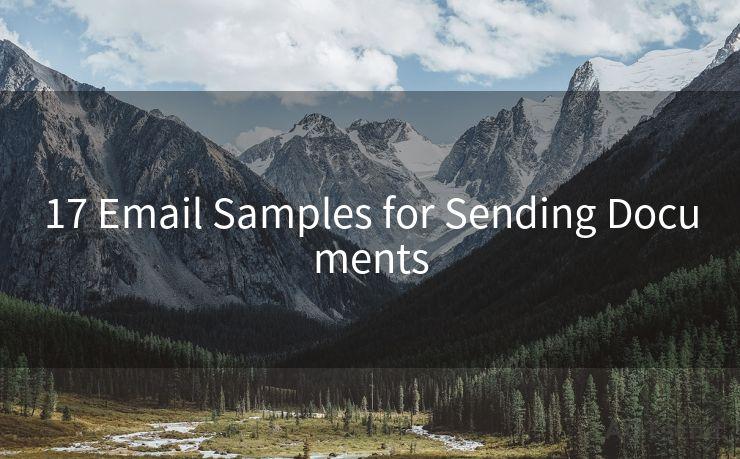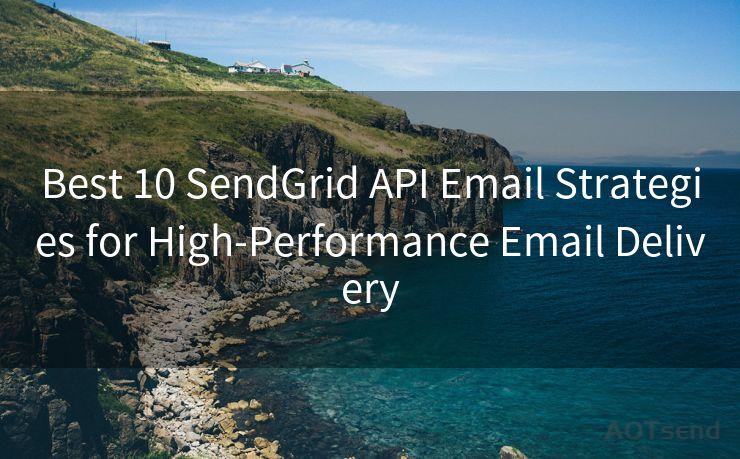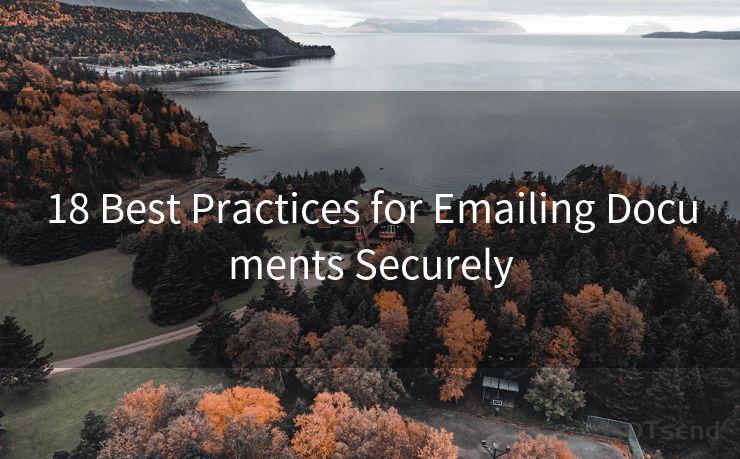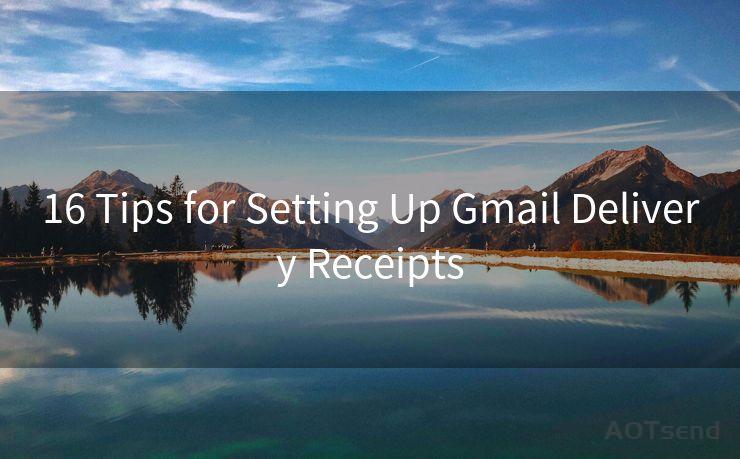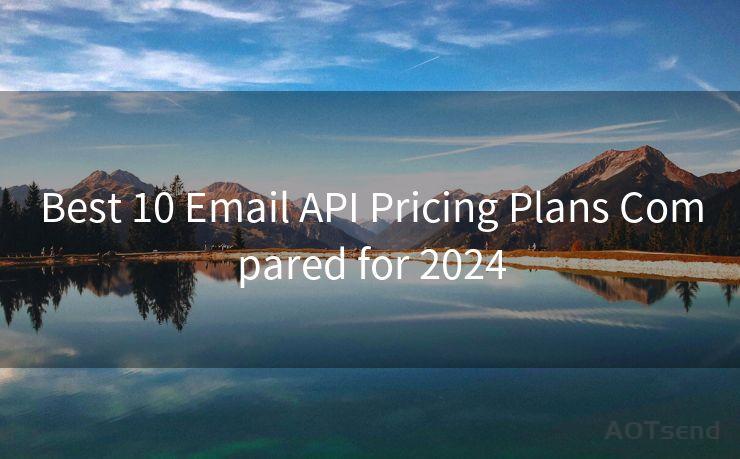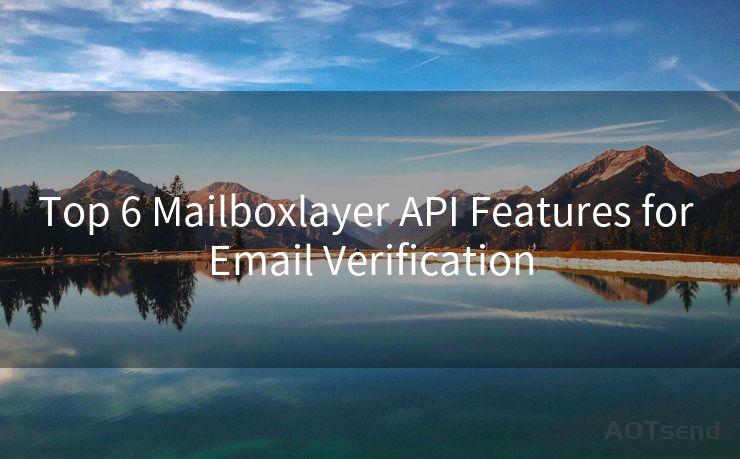15 Essential Steps to Send Emails with Gmail API
Hello everyone, I’m Kent, the website admin. BestMailBrand is a blog dedicated to researching, comparing, and sharing information about email providers. Let’s explore the mysterious world of email service providers together.




When it comes to integrating email functionality into your applications or automating email tasks, the Gmail API provides a powerful and flexible solution. In this blog post, we'll outline the 15 essential steps to send emails using the Gmail API, ensuring a smooth and effective process.
Step 1: Understand the Gmail API Basics
Before diving into the steps, it's crucial to have a basic understanding of the Gmail API and its capabilities. The Gmail API allows you to access Gmail mailboxes and perform various actions such as sending, receiving, and modifying emails.
Step 2: Set Up a Google Account
To use the Gmail API, you need a Google account. If you don't have one already, create a new Google account specifically for this purpose.
Step 3: Enable the Gmail API
Visit the Google Developers Console and enable the Gmail API for your project. This allows you to access the necessary tools and credentials.
Step 4: Create Credentials
In the Google Developers Console, create OAuth 2.0 credentials for your application. These credentials will be used to authenticate your requests to the Gmail API.
Step 5: Authorize Access
Implement OAuth 2.0 authorization in your application to obtain an access token. This token will be used in subsequent API requests.
Step 6: Install the Gmail API Client Library
To simplify the process of interacting with the Gmail API, install the appropriate Gmail API client library for your programming language.
Step 7: Create a Message Object
Construct a message object according to the Gmail API's requirements. This object should contain the necessary information such as the sender, recipient, subject, and body of the email.
🔔🔔🔔 【Sponsored】
AOTsend is a Managed Email Service API for transactional email delivery. 99% Delivery, 98% Inbox Rate.
Start for Free. Get Your Free Quotas. Pay As You Go. $0.28 per 1000 Emails.
You might be interested in:
Why did we start the AOTsend project, Brand Story?
What is a Managed Email API, How it Works?
Best 24+ Email Marketing Service (Price, Pros&Cons Comparison)
Best 25+ Email Marketing Platforms (Authority,Keywords&Traffic Comparison)
Step 8: Encode the Message
Encode the message object into a Base64-encoded string. This is necessary because the Gmail API expects messages to be in this format.
Step 9: Prepare the API Request
Using the Gmail API client library, prepare an API request to send the encoded message. Specify the appropriate endpoint and HTTP method (typically POST).
Step 10: Set the Access Token
Include the OAuth 2.0 access token obtained in Step 5 in the API request headers. This authenticates your request to the Gmail API.
Step 11: Send the API Request
Execute the API request to send the email. This involves making an HTTP request to the Gmail API endpoint with the prepared message.
Step 12: Handle the Response
Once the request is sent, handle the API response appropriately. Check for any errors and confirm that the email was sent successfully.

Step 13: Verify Email Delivery
You can verify email delivery by checking the recipient's inbox or by using the Gmail API to retrieve sent messages.
Step 14: Error Handling and Logging
Implement robust error handling mechanisms to catch and log any issues that may arise during the email sending process.
Step 15: Optimize and Scale
As your application grows, optimize the email sending process by batching requests, handling retries, and scaling your infrastructure to handle increased volume.
By following these 15 essential steps, you can effectively integrate the Gmail API into your applications and automate email sending tasks. Remember to refer back to this guide as needed, and don't hesitate to explore the Gmail API documentation for more advanced features and options.
In conclusion, mastering the Gmail API allows you to unlock powerful email automation capabilities for your applications. From sending personalized emails to integrating with third-party services, the possibilities are endless. So, get started today and unlock the full potential of the Gmail API!




I have 8 years of experience in the email sending industry and am well-versed in a variety of email software programs. Thank you for reading my website. Please feel free to contact me for any business inquiries.
Scan the QR code to access on your mobile device.
Copyright notice: This article is published by AotSend. Reproduction requires attribution.
Article Link:https://www.bestmailbrand.com/post2554.html

